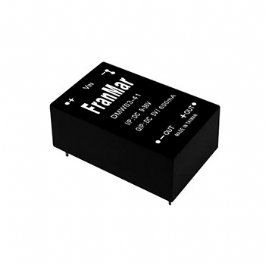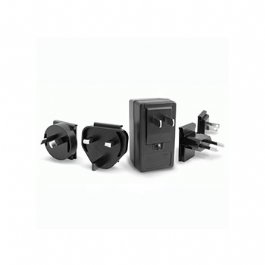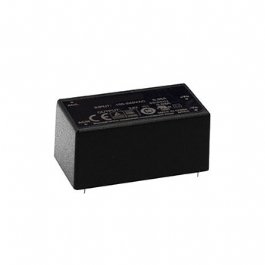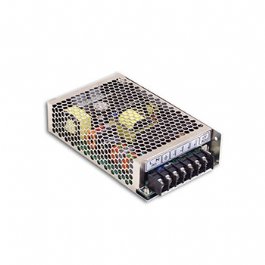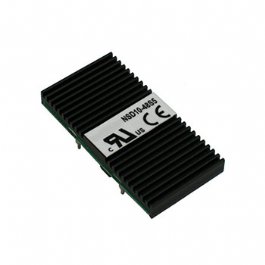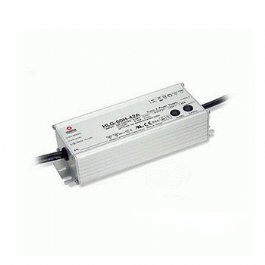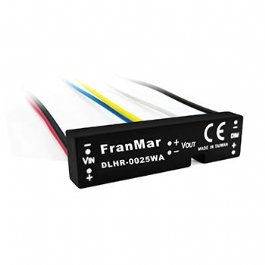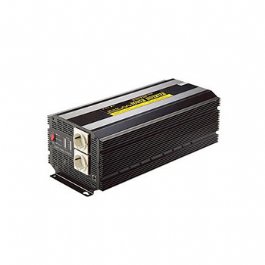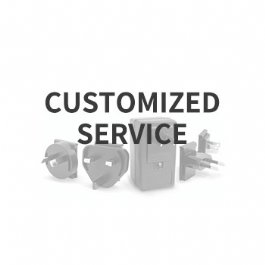Matching a power supply to your electronics device
Matching a power supply to your electronics device
| To determine whether a power supply is right for your equipment, you need to note the voltages that each component operates at, and the current they consume, and make sure your power supply can provide the right amount of power. By following these steps, you can match a power supply to your electronics device and ensure reliable and safe operation. | |
| Determine the voltage and current requirements of the electronic device - | look over the specifications of the device to determine the voltage and current requirements. This information can usually be found on a label or in the device's user manual. |
| Choose a power with the appropriate output specifications - | select a power that can provide the required voltage and current output for the device. Its output voltage should match the device's input voltage and current rating should be equal or greater than the device's current requirement. |
| Check for compatibility with the input power source - | ensure that the power supply is compatible with the input power source, such as the voltage and frequency of the AC power outlet. |
| Check the polarity - | verify the polarity of the power matches the device's requirements. If the polarity is incorrect, it could damage the device. |
| Verify output connector type - | check the output connector on the power matches the one on the device. If it doesn't, you may need to purchase a changeable DC plug or cable to connect the two. |
| Choose the appropriate form factor - | select a power supply with the appropriate form factor that can install within the space available |



